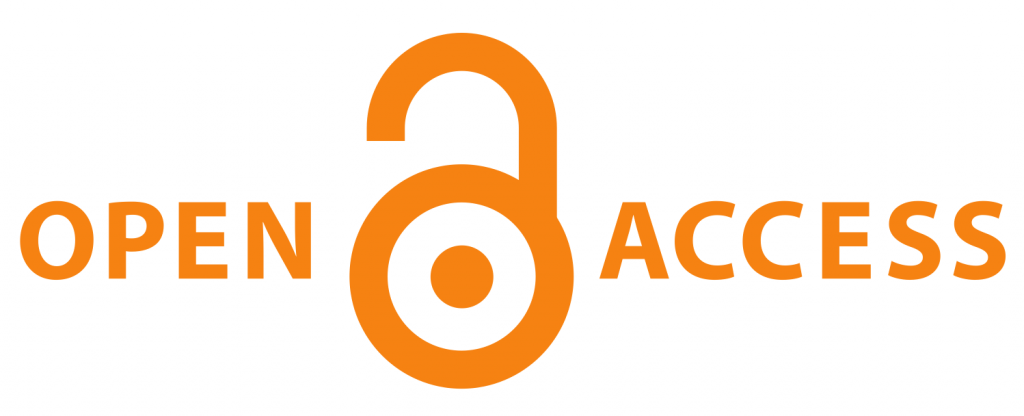Building Resilient Models for TVET Trainers Beyond COVID 19: A Trainers’ Perspective
Abstract
Due to the on-set of COVID 19 in China in 2019 and later in Kenya in March 2020 online training was introduced in TVET institutions so that learning could take place when physical classes were suspended in order to contain the spread of the virus. Trainers in TVET were tasked with the responsibility of developing training material, planning methods to approach students, providing guidance to students as well as assessing the competencies of their students. The shift to online training resulted in trainers spending more time on planning and increased amount of written individual feedback. The net result was increased teachers workload. The current study reviewed the existing regulatory framework relating to TVET in Kenya and made proposals towards building resilient models of TVET beyond COVID 19. A descriptive survey method was used and 200 members drawn from Kabete National Polytechnic took part in this study. Random sampling was used to select trainers while purposive sampling was used to select administrative staff. Data was collected using questionnaires and interview schedules. Through quantitative and qualitative analyses the need for emphasis on digital skills for trainers as well as a policy for distance and online training beyond the COVID 19 crisis was demonstrated. There is need for deliberate efforts towards the professional development of TVET trainers especially in regards to digital skills. Successful online training requires synergy from the government, managers of TVET institutions, trainers and even trainees
Article Views and Downloands Counter
References
Field, A. (2005). Reliability analysis. In Field, A., Ed., Discovering Statistics Using SPSS. 2ndEdition, Sage, London.
Greeno, J. G., Collins, A., & Resnick, L.B .. (1996). Cognition and learning. In D. Berliner & R.Calfee, Handbook of Educational Psychology, ed. New York: Macmillan.
Hirsch, E. D. (1996). The schools we need: And why we don't have them. New York: Doubleday.
ILO-UNESCO. (2020). WBG joint survey on technical and vocational education and training(TVET) and skills development during the time of COVID-19. https://www.ilo.org/wcmsp5/groups/public/---ed _ emp/---emp _ ent/ documents/ genericdocument/wcms _ 7 4 281 7. pdf
Kolowich, S. (2014). Reach of teaching will define great universities. The Chronicle of HigherEducation. https://chronicle.com/blogs/wired-campus/53445
Lave, J., & Wenger, E. (1991). Situated learning: Legitimate peripheral participation. Cambridge:Cambridge University Press. http://dx.doi.org/10.1017/CB09780511815355
Menard, S. (1995). Applied logistic regression analysis. Sage university paper series on quantitative application in the social sciences, series no. 106 (2nd ed.). Thousand Oaks, CA: Sage.
McGill, T., Hobbs, V., & Klobas, J.E. (2003). User developed applications and informatiion systems success: A test ofDeLone and McLean's Model. DOI:10.4018/IRMJ.2003010103
Munyi, F. W., Okinda, R., Wambua, F. (2021). E-leaming adoption model in TVET institutions in Kenya during and post COVID - 19. International Journal of Applied Computer Science(IJACS), [S.l.], v. 6, n. 4, p. 1-10. ISSN 2522-6258.
Ngwacho, A. G. (2020). COVID-19 Pandemic impact on Kenyan education sector: Leamer challenges and mitigation. Journal of Research Innovations and Implications in Education Vol.4, Iss.2, 2020 (pp. 128-139)
Phillips, D. C. (Ed.). (2000). Constructivism in education. Opinions and second opinions on controversial issues. Chicago: The University Press of Chicago
Rai, A., Lang, S. S., & Welker, R. B. (2002). Assessing the validity ofIS success models: An empirical test and theoretical analysis. Journal of Information Systems Research, 13, 50-69. http://dx.doi.org/10.1287 /isre.13.1.50.96
Republic of Kenya. (2017). Education sector disaster management policy. https://repository.kippra.or.ke/handle/123456789/1659
Roffe, I. (2004). Innovation and e-leaming: E-business for an education enterprise, Cardiff, UK: Sage Publications.
Vygotsky, L. S. (1978). Mind in society: The development of higher psychological processes. Cambridge, MA: Harvard University Press
Wertsch, J.V.(1981). The instrumental method in psychology: The concept of activity in Soviet Psychology. Armonk, New York: Sharpe.
Wilson, M. S. & Peterson L. P. (2006). Theories of learning and teaching: What do they mean for educators? National Education Association. https://files.eric.ed.gov/fulltext/ED495 823. pdf
Copyright (c) 2022 Africa Journal of Technical and Vocational Education and Training

This work is licensed under a Creative Commons Attribution-NonCommercial-ShareAlike 4.0 International License.
Copyright Notice Copyright of published articles is held by AfriTVET. No limitation will be placed on the personal freedom of authors to copy or to use in subsequent work, material contained in their papers. Please contact the Publisher for clarification if you are unsure of the use of copyright material. Apart from fair dealing for the purposes of research and private study, or criticism and or review, this publication may only be reproduced, stored or transmitted, in any form or by any means, with the prior permission in writing of the Publishers.


